The 7 biggest packaging design trends for 2021
(Adapted from an article by Katie Lundin, marketing and branding specialist at Crowdspring.)
The Covid-19 pandemic has had a huge impact on packaging design and the packaging industry. And, your packaging is not just a selling tool that helps you build a strong brand identity for your business.
While packaging has always played a protective role, products today need additional protection from frequent shipping; and many consumers view packaging as an important barrier between your product and the virus.
Let’s examine what 2021 holds for packaging design and look at each design trend we believe will influence product packaging in 2021.
1 More protective packaging
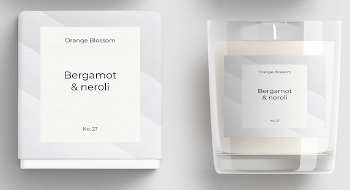
This trend is driven by two factors: flatten-the-curve measures dealing with Covid-19, and the fact that more items are being shipped than ever before.
Is your current packaging sturdy enough to stand up to shipping or contactless delivery? Does it completely cover the items inside, or are there gaps that could not only damage the contents but allow potential for contamination?
2 Porous packaging materials
Practical function is always a top consideration for packaging design – that’s not a new design trend. However, there’s a new practical factor to be considered – ease of viral transmission.
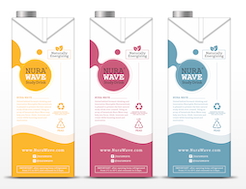
The National Institutes of Health study that has become the primary guideline for how long the SARS-CoV-2 virus can survive on various surfaces states that the virus can survive, “…up to 24 hours on cardboard and up to two to three days on plastic….” In fact, porous surfaces (like cardboard or Mycelium mushroom packaging) seem to be less hospitable to the virus than non-porous surfaces in general.
Can your product be safely packaged in a porous packaging material? If the answer is yes and you’re currently using plastic packaging, now is the time to make the switch.
What does that mean for you if you handle people’s clothing? Paper wrapping might be better. Or reusable cloth/non-woven garment bags. With increased emphasis on removing one-time-use plastics like polywrap from the business supply chain, you should be looking at what comes next for you now, rather than wait until a mandate hits.
Reassuring Copy
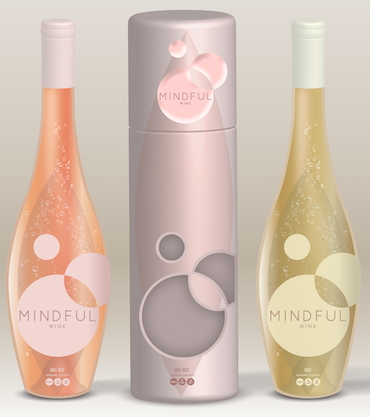
Anxiety and depression have risen significantly in the wake of the pandemic. In fact, occurrences of anxiety symptoms in 2020 have approximately tripled compared to those reported during the same time period in 2019. his is why businesses are using their packaging copy to reassure consumers, allay fears, and create more relevant brand messaging.
How can a package reduce consumer stress?
- The message — If you aren’t changing the wording on your packaging regularly, you’re missing a prime opportunity. “We’re here to take the load off,” or “You’ve got enough to worry about, let us handle the laundry,” style messages let customers know you feel their pain and want to help.
- Colours — Many companies are using softer colours and less vibrant graphics right now. Black and white, red and black, yellow and black — these all seem like screaming at a time when everyone wants to be calm.
4 Sustainable packaging
As Dave Ford explains for Scientific American, “Combine the breakdown of the recycling infrastructure in the West and in the developing world with the COVID-19-related explosion of single-use plastic, and you have a plastic tsunami gaining strength in our oceans.”
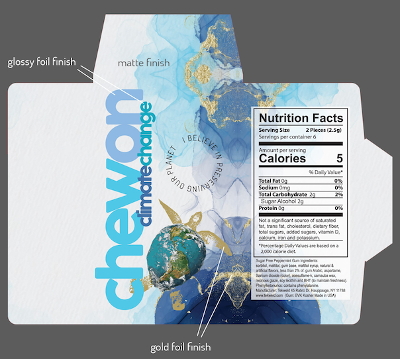
A 2020 study by Trivium reported that 74% of consumers are willing to pay more for sustainable packaging. They’re noticing how much trash is generated by wrappings and single-use containers and are not feeling good about it.
This goes beyond “recycling poly and hangers.” Finding ways to package the garments you return to customers that makes them feel good about helping the environment each time they bring you clothes is a win-win.
5 Clear typography
The less time people spend inside of stores with other shoppers, the better their chances are to avoid exposure to Covid-19. So, in 2021, packaging design is on a trajectory to facilitate quick, easy shopping.
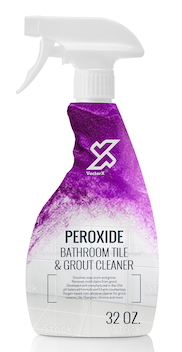
Graphic design is an important design element and can help solve this challenge and facilitate rand recognition. Clear typography is easier to read from a distance, especially when combined with complementary color palettes and other design elements that help make the copy easy to read. This, combined with bold colors, helps package design catch shoppers’ eyes, be identified as an item they need, and subsequently to be purchased.
Whatever message you have on your packaging should be clear and easy to read both close-up and from a distance. Simple fonts, light backgrounds with black or dark type, will help customers get the idea quickly.
6 Personalized packaging
Another trend is to enhance customer experience to create personalized packaging for a unique unboxing experience that helps people feel like they’re getting a royal treatment.
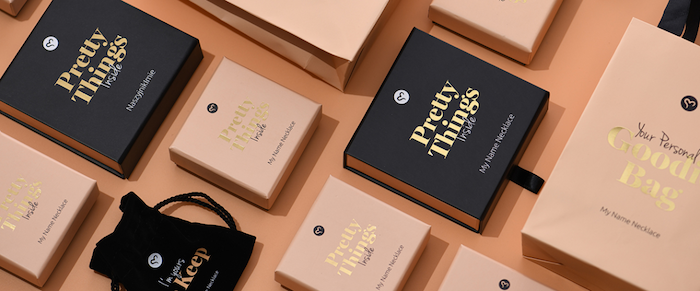
In 2021, tactics like including customers’ names in the packaging design and selecting imagery or messaging targeted to a specific customer’s interests, will be a powerful way to create a connection and build customer loyalty.
Can you segment your customers into identifiable groups with specific interests? If so, consider how this packaging trend can help you look forward and develop a targeted unboxing experience for each customer segment in 2021.
7 No assumptions
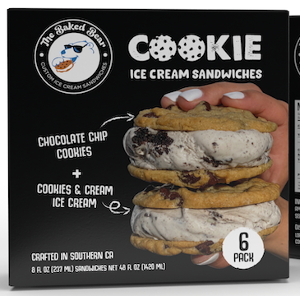
If you want to capture new customers, now is not the time for mystery, ambiguity, or assumptions. Instead, it’s the time for crystal-clear communication about your product and your brand.
Review your current packaging design. Is it clear to someone who doesn’t know anything about your brand what your brand stands for? Is it easy to tell exactly what product is inside even if they’ve never seen it before? Look at your packaging with a beginner’s eyes. Then make any necessary changes to make your brand and product messaging crystal clear.
For those in the fabricare industry, this means if your packaging is the least bit tricky to open, be sure instructions are clear. If you need specific information included in a drop-off or pick-up bag, include something that spells it out briefly and politely. Put your phone number, email address, physical address and website address clearly on everything to facilitate communication.
Packaging is the first thing your customer sees when he or she picks up an order or has it delivered. The impression it makes is a lasting one. Are you ready for the expectations of 2021?






